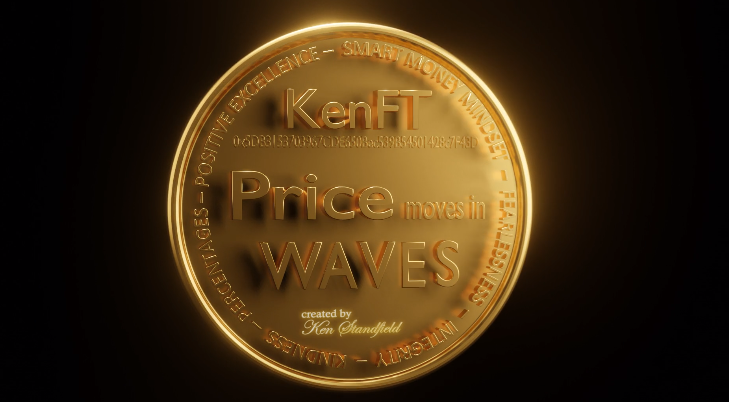Bitcoin mining big Riot Platforms could be sitting on a goldmine—one it hasn’t totally tapped into but. Starboard, some of the aggressive activist buyers in the US inventory market, has taken a huge place in the corporate, and in accordance to them, Riot might remodel itself by shifting focus to hyperscaler demand.
Riot owns and operates enormous Bitcoin mining services throughout central Texas and Kentucky and runs a strong electrical engineering division out of Denver.
While the corporate holds 16,728 Bitcoins and boasts a mining infrastructure of over 1 gigawatt (GW) capability, it has been underperforming in the inventory market, apparently creating a compelling case for Starboard’s intervention.
Riot’s efficiency in numbers—and why Starboard cares
At $11.55 per share and a market valuation of $3.97 billion, Riot Platforms isn’t any small fish. But this 12 months has been tough. Bitcoin has surged by 130%, but Riot’s inventory dropped 24%, far behind opponents who’ve posted triple-digit good points.
This underperformance factors to critical points in operations and management. Starboard isn’t identified for sitting quietly when there’s potential to make a firm worthwhile.
With 155 activist campaigns underneath its belt and a mean return of 23.27% on these campaigns, Starboard’s presence alone tells us that Riot could be pressured into massive modifications.
The numbers don’t lie. Riot spent $225 million on promoting, common, and administrative (SG&A) prices this 12 months—greater than triple the $67 million it spent in 2022.
Much of this expense comes from executives rewarding themselves with stock-based compensation, gobbling up 11.5%, 9.5%, and a ridiculous 32.12% of whole income during the last three years. Despite this, Riot’s administration has produced nothing however losses, with this 12 months’s working loss surging to $304 million, its worst ever.
The firm’s company governance is equally shaky. A staggered five-member board, situations of nepotism, and questionable management choices have left Riot with the best energy value and SG&A expense per Bitcoin mined.
The outcome was a dirt-cheap valuation in contrast to trade friends primarily based on metrics like enterprise worth to petahash per second (EV/PH/s).
Why Starboard thinks hyperscalers are a trillion-dollar alternative
Starboard is an investor, so it’s solely right here to generate income. Its plan for Riot is to get into the hyperscaler market. Hyperscalers are the giants of cloud computing—suppose Amazon Web Services, Microsoft Azure, and Google Cloud—who run huge knowledge facilities to help AI and high-performance computing (HPC).
These firms are determined for infrastructure, and Bitcoin mining services like Riot’s are a good match. Starboard identified that Riot already has the products. Its Rockdale, Texas web site is the biggest Bitcoin mining facility in North America, with 700 MW of capability.
The Corsicana, Texas facility, set to hit 1 GW when accomplished, has 400 MW of capability prepared now. These services share key attributes with hyperscaler wants: high-performance computing infrastructure, renewable power entry, and scalability.
Competitors have already seized this chance. Core Scientific, one other Bitcoin miner, inked a cope with CoreWeave, an AI knowledge middle startup backed by Nvidia, to lease 500 MW of capability. That deal is value $8.7 billion over 12 years and delivers 75-80% revenue margins—much better than the margins in Bitcoin mining.
Core Scientific’s inventory soared 40% the day after saying the deal and is up 220% this 12 months. Riot might rake in related income. Leasing the unused 600 MW at Corsicana might carry in $600 million yearly, almost doubling its present $313 million income.
If Riot transformed its complete 1.1 GW of capability at Rockdale and Corsicana to hyperscaler use, these numbers might triple. Better but, hyperscalers apparently typically cowl the price of constructing or retrofitting these services.
Companies like Hive Digital and Hut 8 are additionally making the change, with Bitcoin miners which have embraced hyperscalers posting a mean year-to-date inventory return of 105.8%. Riot, together with different laggards like Marathon Holdings and CleanSpark, sits at -3.4%. The math is easy: adapt or fall additional behind.
But Riot isn’t totally blind to its choices. The firm just lately spent $510 million shopping for Bitcoin on the open market, financed by means of convertible senior notes. This hints at a need to maintain extra Bitcoin with out increasing mining capability.
But Starboard’s plan gives a higher route: use hyperscaler income to fund Bitcoin purchases, creating a cycle of money circulate and asset accumulation. A MicroStrategy of some kind.
From Zero to Web3 Pro: Your 90-Day Career Launch Plan















